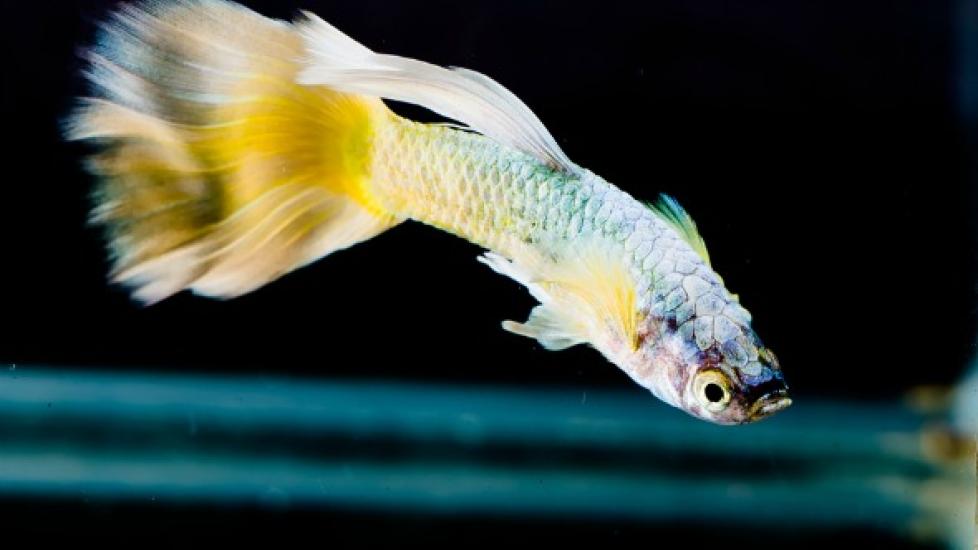8 Facts About Guppies
By Vanessa Voltolina
Searching for your next finned pet? Guppies are a common and easy-to-care-for option. In fact, guppies make great pets and can be excellent additions to the tanks of both experienced fish owners and aquatic pet newbies, said Sam Williamson, former marine biologist and fish expert of more than 20 years. However, many fish owners and prospective buyers may not know much about guppies and can benefit from learning about this type of fish.
“Guppies are an extremely misunderstood breed of fish,” Williamson said. “With so many different fish to choose from, it's easy to dismiss them as boring and too commonplace.” Here, discover a handful of our favorite — and fun! — facts about guppies:
Fact #1: Guppies are a Namesake
The guppy is named after Robert John Lechmere Guppy, a researcher and geologist with, interestingly, no formal scientific training. Guppy was credited with discovering the fish in Trinidad in 1866, according to the National Institute of Higher Education, Research, Science and Technology. Prior to Guppy, W.C.H. Peters originally discovered the fish in Berlin, where it was overlooked.
Fact #2: What’s in a (Nick)name?
Guppies have two common nicknames that you might recognize, according to Williamson: the millions fish and the rainbow fish. Why? They are known as millions fish because they breed at an incredible rate, with females often having around 50 fries (baby fish) per month, he said. They get the name rainbow fish from the wide range of colors in which they can be found.
Fact #3: They Love Tropical Waters
Guppies are a species of freshwater, tropical fish native to South America. There are nearly 300 different types of guppy throughout rivers in the Amazon, as well as in Barbados, Brazil, Guyana, Trinidad and Tobago and Venezuela. To mimic these waters, aim to keep the water in your guppy’s tank in the mid-70 degrees Fahrenheit, with 76 degrees as an ideal temperature, according to Williamson. This can be done ideally with individual tank heaters or by using a room heater in the tank room.
Fact #4: Guppies are Easy to Care For
“They're not fussy about what they eat, get on well with most other breeds of fish and live for roughly three years if well looked after,” Williamson said. Typically, most of a guppy’s diet will consist of brine shrimp. They will also eat algae in their tanks but not as enthusiastically as shrimp, Williamson said.
Fact #5: They Don't Lay Eggs
Like humans, guppies give birth to live young, which makes the birth process fascinating to watch, Williamson said. “If you look closely enough, you can often see the eyes of the babies through the translucent skin of the mother before she gives birth.”
Fact #6: Watch Out! Guppies Eat Their Own Young
To stop their habitat from becoming overcrowded, guppies have evolved to eat their young, Williamson said. While some recommend separating parents from offspring, Williamson said that this may not be the best option, as it can be very stressful for the parents. Instead, he recommends filling the tank with plant materials to give the fry (baby) a chance to hide from its parents.
Fact #7: Guppies Have Been Used to Fight Malaria
Guppies have been deliberately set free in Asian waters to fight the spread of malaria. In 2014, an anti-malaria “guppy movement” in a city of southern India aimed to control malaria using the fish, who feed on mosquito larvae.
Fact #8: Guppies Vary in Shape and Color
As mentioned, guppies come in a variety of colors, but Williamson said it’s possible that a guppy owner could end up creating his or her own unique colors by introducing different color guppies that breed. Additionally, guppy owners can also choose from a number of tail shapes, including the flag, veil, lace and double-sword tail.
Image: Chatuphon Neelasri via Shutterstock
